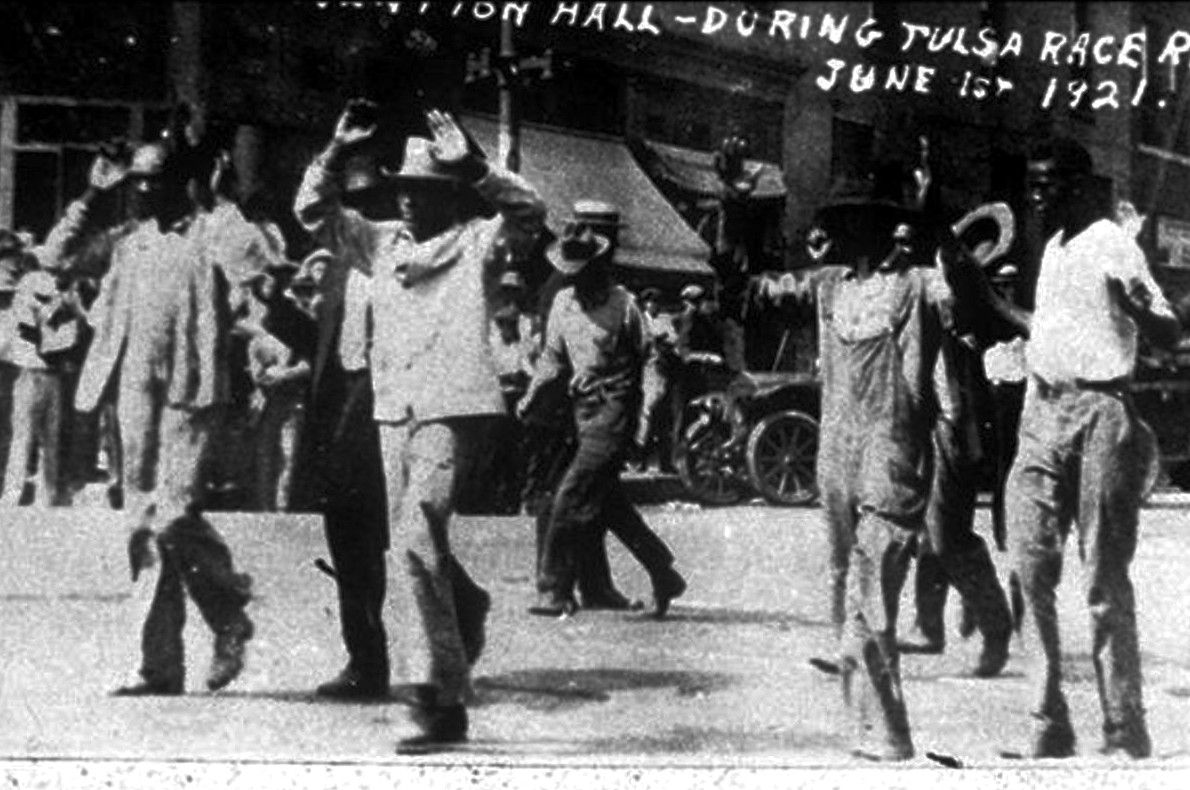
Remembering Tulsa 100 Years Later
(TULSA, OK) NEWS: One hundred years ago, a violent white supremacist mob raided, firebombed, and destroyed approximately 35 square blocks of the thriving Black neighborhood of Greenwood in Tulsa, Oklahoma.

Families and children were murdered in cold blood. Homes, businesses, and churches were burned. In all, as many as 300 Black Americans were killed, and nearly 10,000 were left destitute and homeless. Today, on this solemn centennial of the Tulsa Race Massacre, I call on the American people to reflect on the deep roots of racial terror in our Nation and recommit to the work of rooting out systemic racism across our country.

Before the Tulsa Race Massacre, Greenwood was a thriving Black community that had grown into a proud economic and cultural hub. At its center was Greenwood Avenue, commonly known as Black Wall Street. Many of Greenwood’s 10,000 residents were Black sharecroppers who fled racial violence after the Civil War.
In the decades following the Civil War and Reconstruction, Greenwood became a place where Black Americans were able to make a new start and secure economic progress despite the continued pain of institutional and overt racism. The community was home to a growing number of prominent Black entrepreneurs as well as working-class Black families who shared a commitment to social activism and economic opportunity.

As Greenwood grew, Greenwood Avenue teemed with successful Black-owned businesses, including restaurants, grocery stores, hotels, and offices for doctors, lawyers, and dentists. The community also maintained its own school system, post office, a savings and loan institution, hospital, and bus and taxi service.



